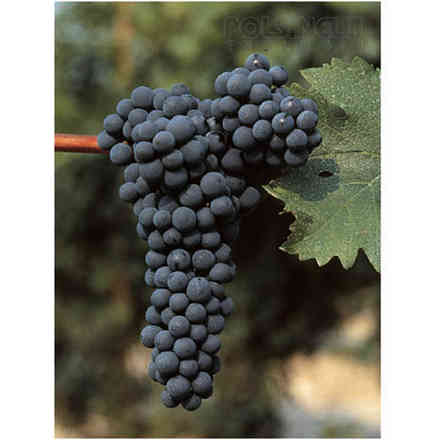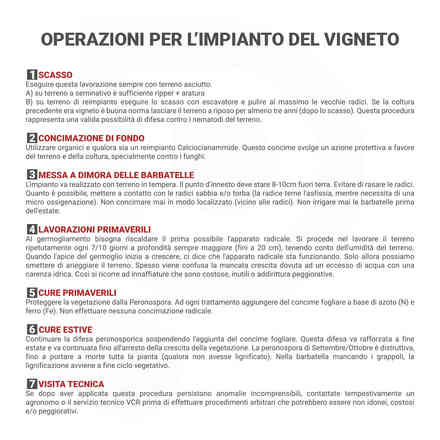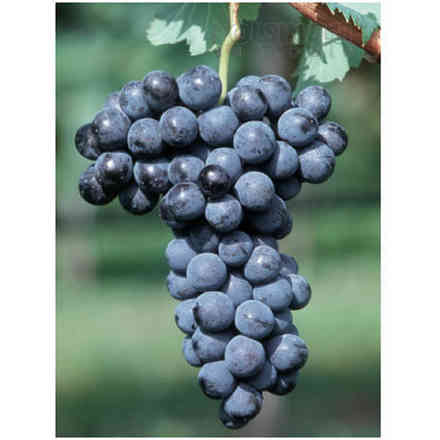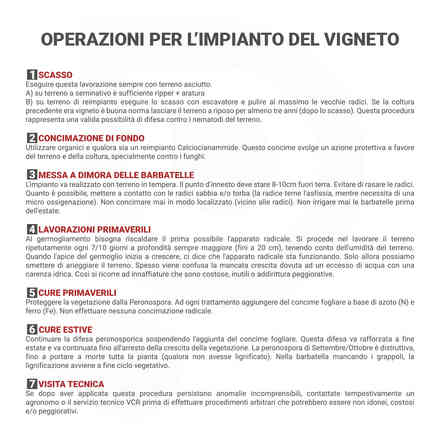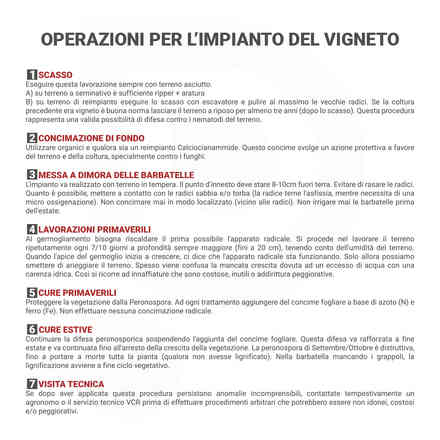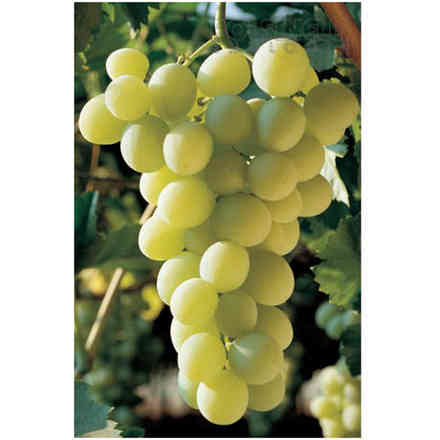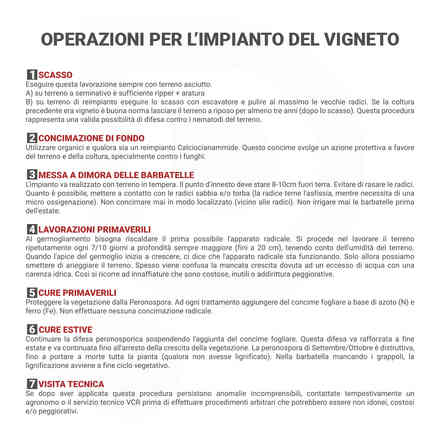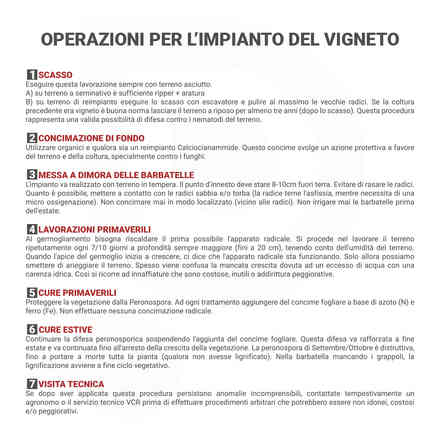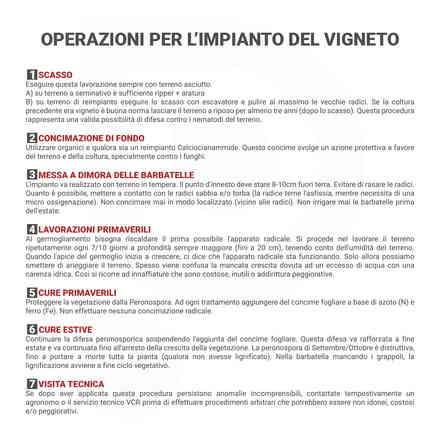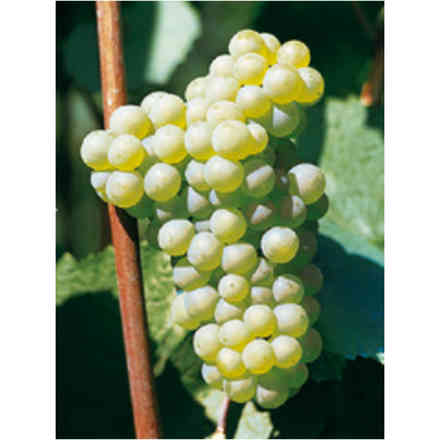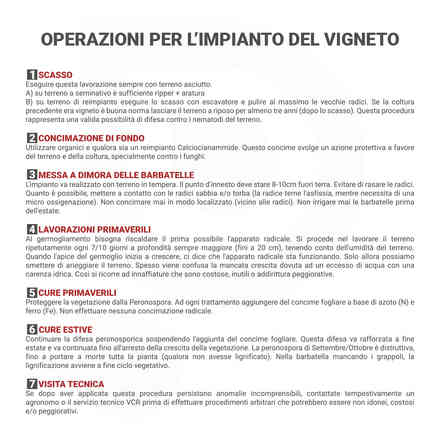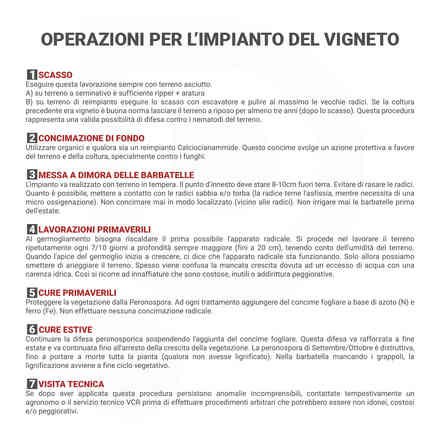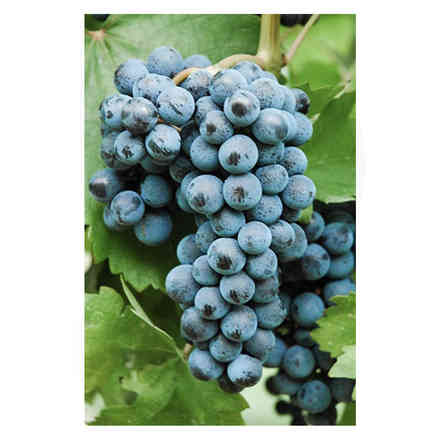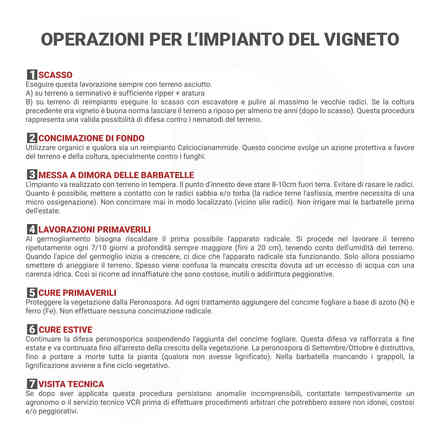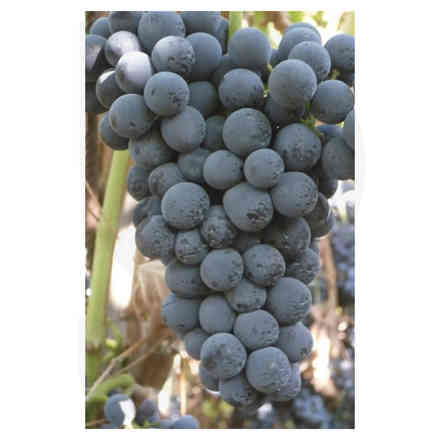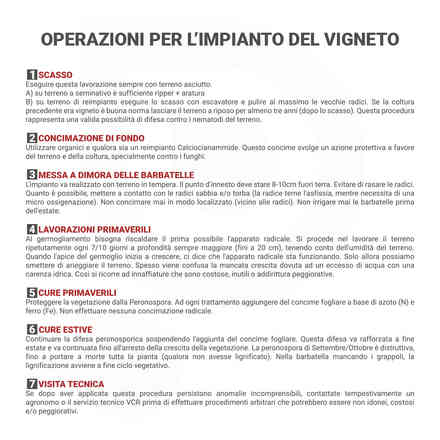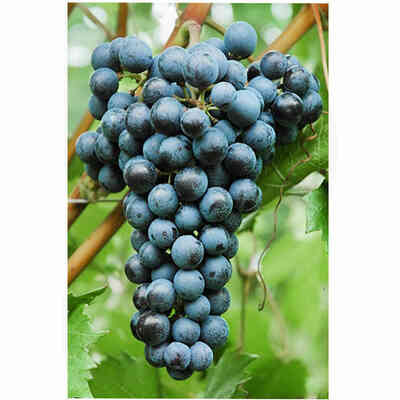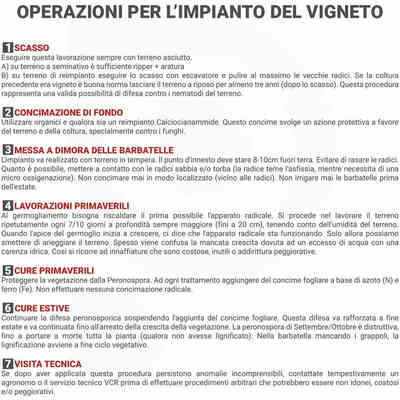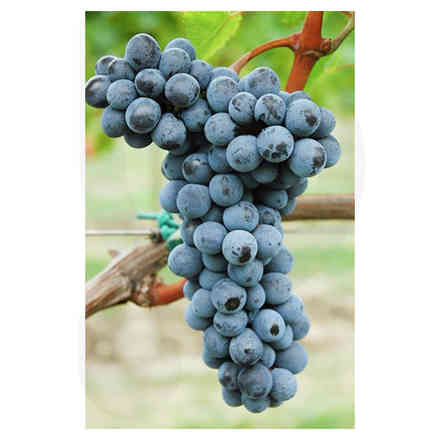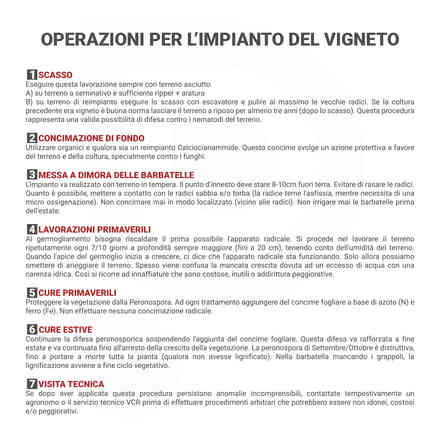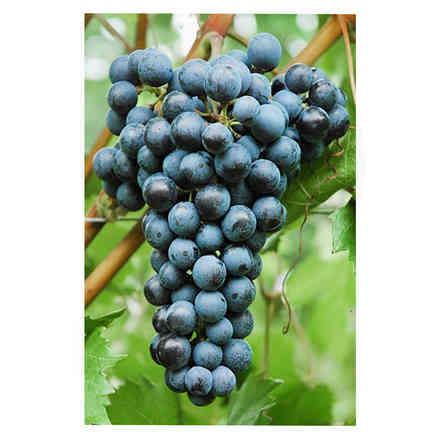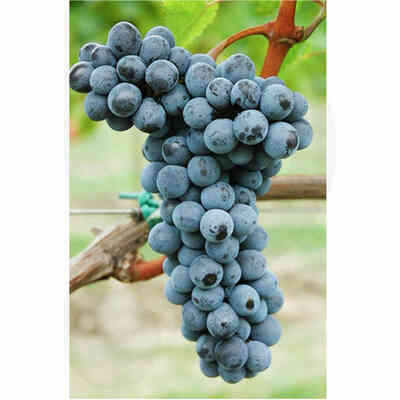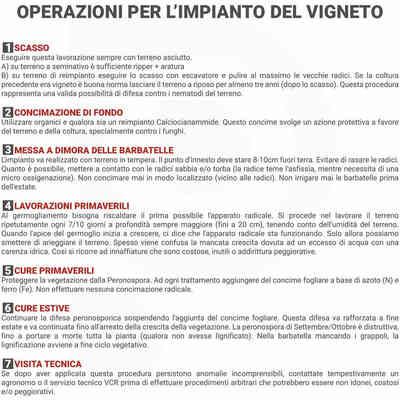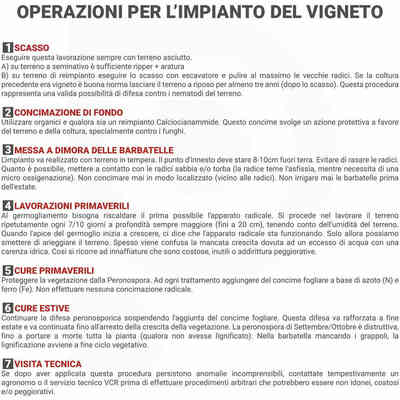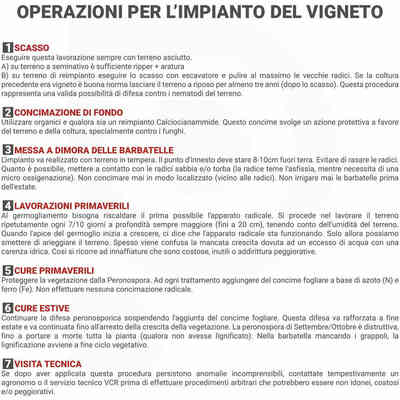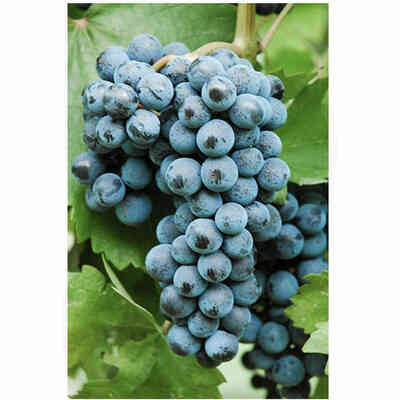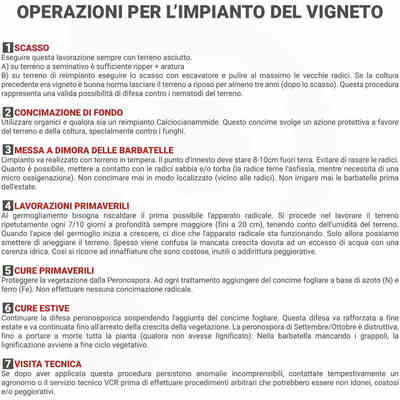
Montepulciano (10 pieces)
Description
 AUTHORIZED RETAILER
AUTHORIZED RETAILER
Barbatella Montepulciano (10 pieces)
Rootstocks: 1103P - K5BB - S04 - 140RU - 420A (We will send the graft carrier available at the moment)
The variety has found wide diffusion in Abruzzo and along the Adriatic coast.
- Ampelographic characteristics: the variety is fairly homogeneous, the differential characters concern the shape of the bunch, the presence of green millerandage, the ripening period and the organoleptic characteristics of the product. Sprout with expanded apex, cottony, tomentose on the underside. Leaves are medium-sized, pentagonal, five-lobed, flat, very dark green in colour, tomentose below. Leaves are medium-sized, pentagonal, quinquelobed, flat and dark green in colour, tomentose on the underside. Cluster: medium, more or less compact, cylindrical-conical, often winged. Berry: medium, suboval, black-purple, not too easy to detach; skin: consistent, pruinose; pulp: juicy, slightly pinkish, simple flavour.
- Cultivation requirements: vine of medium to good vigour with semi-erect vegetation habit; medium shoot, rather short internode and balanced vegetation. It prefers medium-textured, deep, clayey-calcareous soils, well exposed in the northernmost areas of the crop; it requires basically warm and dry climates for regular grape ripening.
- Cultivation and pruning: requires forms of cultivation that are not too expansive and medium-short pruning. It is therefore suitable for full mechanisation provided that certain environmental conditions are respected, especially in the northernmost parts of the growing area.
- Sprouting time: late.
- Ripening period: medium-late.
- Production: medium-good and fairly constant in both short and medium-long pruned forms.
- Sensitivity to disease and adversity: a little sensitive to powdery mildew, prone to green millerandage. Good resistance to late frosts.
- Oenological potential: produces a wine of intense ruby red colour, characteristic winy fragrance, dry, fruity, tannic, non-acidic, full-bodied, velvety and appropriately alcoholic flavour. Vinification in white produces an excellent rosé wine, sapid, fruity and very pleasant.
Clones in multiplication: Montepulciano R7, VCR100, VCR453, VCR454, VCR456, VCR462, VCR496, VCR498, APMP1, APMP3, UBARAMP11, UBARAMP12, UBARAMP13, UBARAMP14.
CULTIVATED AREA IN ITALY
YEAR 1970 1982 1990 2000 2010
HECTARES 26,251 34,646 31,008 29,827 36,998
RULES TO PLANT A VINEYARD
1. PLOW
You must perform this operation always with dry soil
A) On arable land is generally sufficient to ripper + to plow
B) On planting soil is generally sufficient to plow with an escavator and to clean the old roots.
If the previous crop was a vineyard, it is a good idea to leave the soil fallow for at least three years (after plowing). This procedure represents a valid possibility of defence against soil nematodes.
2. SOIL FERTILIZATION
Use organics and if it is a reimplantation, use Calciumocyanamide.
This fertiliser has a protective effect on the soil and the crop, especially against fungi.
3.PROPAGATING GRAPE VINE CUTTINGS
The planting should be carried out in temperate soil. The grafting point should be 8-10 cm above ground. Avoid shaving the redices. As much as possible, put sand and/or peat in contact with the roots (the root fears asphyxiation, while it needs a micro-oxygenation). Never fertilize in a localized manner (near the roots). Never water the rooted cuttings before summer.
4.SPRING WORKS
When sprouting, the root apparatus must be heated as soon as possible. Work the soil repeatedly every 7/10 days at increasing depth (up to 20 cm), taking into account the moisture of the soil. When the apex of the bud starts to grow, it means that the root system is functioning. Only then can we stop watering the soil. Failure to grow due to access to water is often confused with a lack of water. This is why watering is used which is expensive, useless or even worse.
5.SPRING CURE
Protect vegetation from Peronospora. To each treatment add nitrogen (N) and iron (Fe) foliar fertilizer. Do not make any radical fertilization.
6.SUMMER CURE
Continue with the defense against Peronospora by suspending the addition of the foliar fertilizer. This defense should be reinforced in late summer and should be continued until vegetation growth stops.
The September/October blight is destructive, to the point of bringing death to the whole plant (if it has not lignified). The rooted vine lacks clusters, so lignification occurs at the end of the vegetative cycle.
7.TECHNICAL VISIT
If incomprehensible anomalies persist after this procedure, contact an agronomist or the VCR Technical Service promptly before carrying out arbitrary procedures which may be unsuitable, expensive and/or worsening.





















